

Ben Zachariah
CarExpert's top five ute reviews of 2025
18 Hours Ago
The Ford Ranger is climbing the sales charts rapidly. How does it go climbing mountains and fording streams?
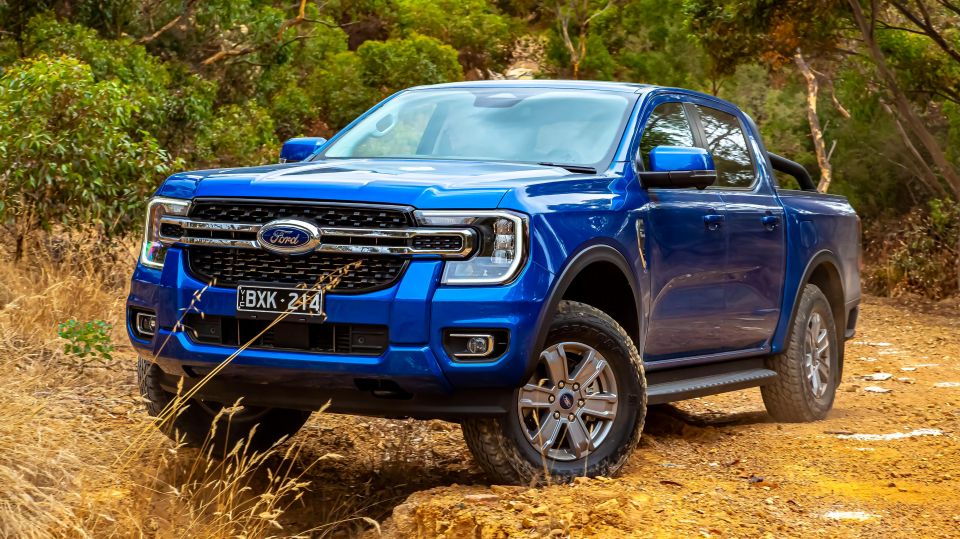
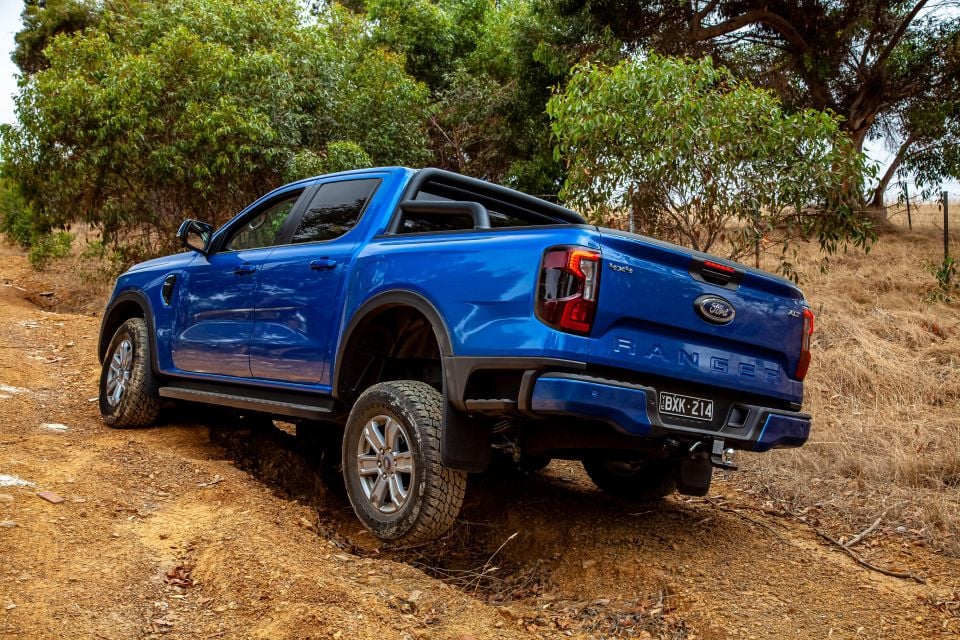

Quickly see how this car stacks up against its competition. Select any benchmark to see more details.
Where expert car reviews meet expert car buying – CarExpert gives you trusted advice, personalised service and real savings on your next new car.
The past 15 years has seen some massive changes in the landscape of automotive alliances, the fall of local manufacturers, and the momentous rise of the dual-cab 4×4.

They say ‘there is only room at the top for one’ yet the Ford Ranger has been nipping at the heels of the Toyota HiLux so closely that on numerous occasions it has snuck the title of top selling vehicle from the Toyota.
This stoush has been the catalyst for a massive commitment from the local Ford design and engineering teams as the Blue Oval seeks to take sales away from HiLux.
Whether it looks like Ford or Toyota are winning, the real winners are the customers who have continuously been treated to enhancements, upgrades, and new features that keep the HiLux and Ranger competitive. So let’s get behind the wheel of the latest Ford Ranger and see how it drives.
Along city streets, the Ranger cruises effortlessly and is easy to pilot. The soft suspension provides a comfortable ride, controls are easy to reach, but the digital instrument cluster is a tad dated and uninspiring.
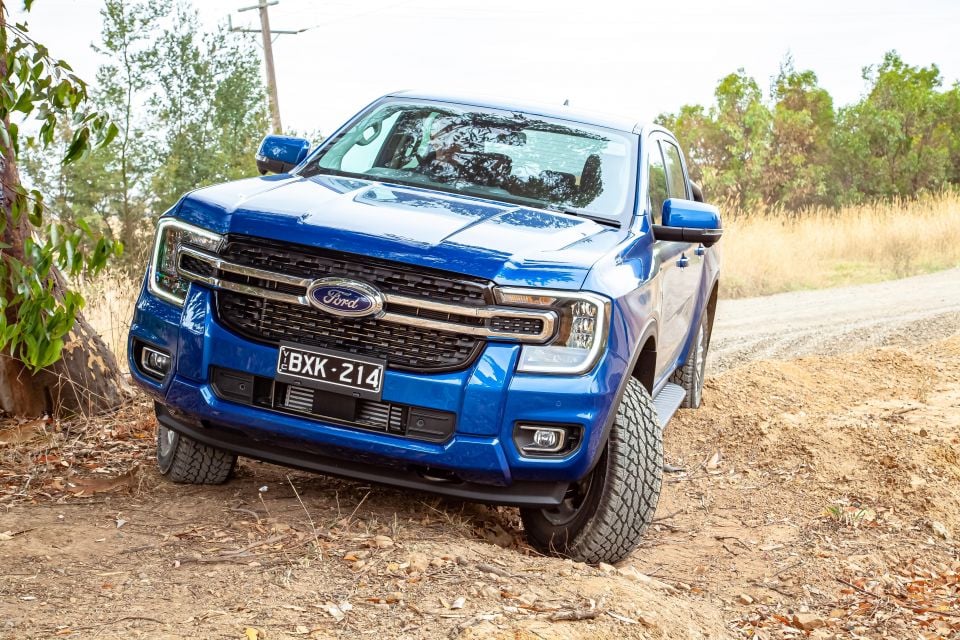
The interior is a good match for the modern lines of the headlights but the overall result is a little too sharp, leaving the cabin feeling awkward and overdone. It is of course a very personal thing but in comparison to the Isuzu D-Max and Mazda BT-50 for example, the interior of the Ford Ranger is less appealing to these eyes.
Safety is something that the Ranger definitely does far better than its peers. It’s crammed with a range of electronic safety features but unlike the BT-50 and D-Max, the calibration, reactiveness, and response of the electronics in the Ranger are far more subtle and more easily adjusted.
With that said, they still feel unnecessary depending on the situation. All said and done, and given a little seat time, with an understanding of what the safety features are trying to achieve and having the ability to tune or turn off the features the Ranger overall does a good job in this area.
Following on with the safety theme, yet more of a mechanical than an electronic topic, the brakes on the Ford Ranger are well set with solid pedal feel and a positive stopping experience. On and off-road they provide a confident feel, positive bite, and a well balanced application.
Like many of these things I highlight, it is often not that the performance of a certain feature is so great, it is more that other manufacturers have done it so poorly.
I was excited to drive the latest Ford Ranger. It continues to make waves, gain a reputation, and be right at the top for sales alongside the HiLux. But is it still a practical workhorse and a decent off-roader? Or like many, has it succumbed to the threat of over calibrated safety features, soccer parent mentality and cushy street manners that are making our off-road tools more car like, too pretty to scratch, too safe to actually drive and too smart for the average Joe to understand?
Let’s push on with our review, head out of the city, get off-road and see for ourselves.
At speed on dirt, the Ranger’s steering is heavy and vague. Like many of these newer vehicles, it’s a product of the variable assistance electronic power steering. It’s manageable, but when combined with corrugations and pot-holes and the soft suspension the vehicle tends to float, wander, and jump around to various degrees as the track worsens.
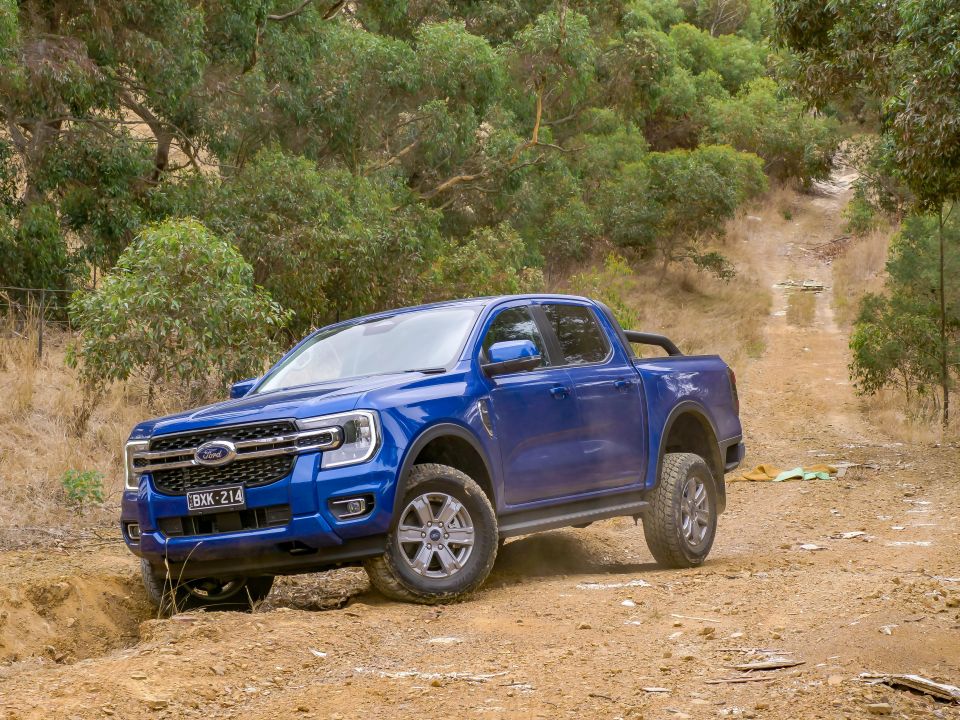
Loading the rear up may improve this (having some weight in the back to settle down the reactiveness of the rear suspension) but unladen it’s unnerving and requires plenty of attention, and the front is not much better anyway.
Slowing down and turning off the main dirt roads, the four-wheel drive system is easy to locate, navigate and activate. Dash lights clearly indicate the 4×4 mode selected and the dual-range transfer case provides a good balance between high and low gearing.
The throttle is well set compared to some other vehicles (throttle response, acceleration curves and engine lag are controlled electronically via the ECU) and overall the vehicle gives a confident feeling of being stable, under control and capable of traversing uneven and difficult terrain given it’s stock.
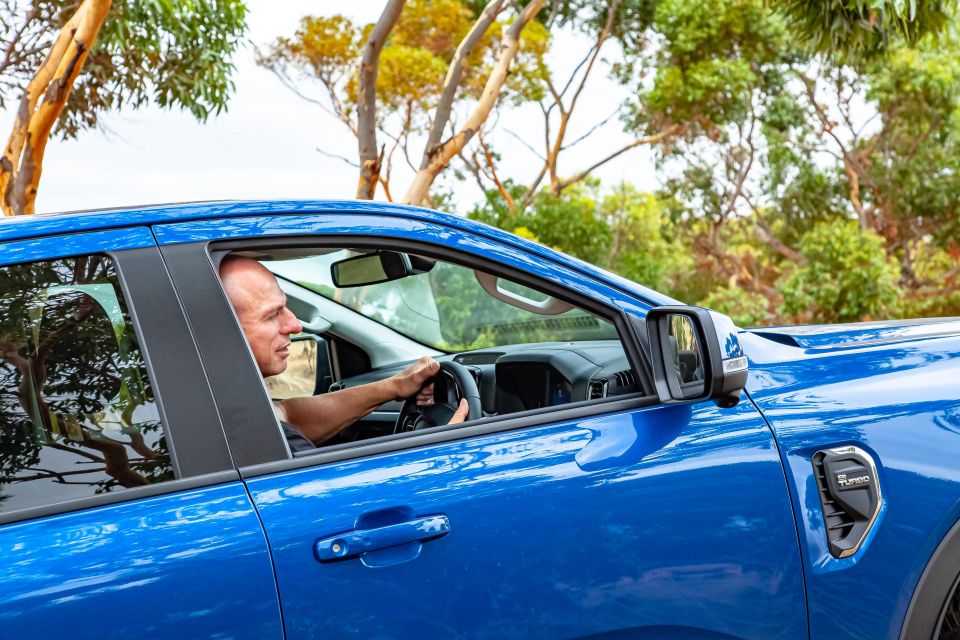
Adding after-market accessories can drastically improve the off road performance of a four-wheel drive.
Like all the independent front-suspension dual-cab utes on the market, suspension travel in the front is greatly limited and the rear axle, although live (often referred to as solid) also has limited articulation due to its configuration, meaning the Ranger quickly runs out of contact with the ground and loses traction.
Like on many of these newer models, the factory fitted, selectable rear locking differential is a game changer. With the press of a button it locks the differential side gears, providing full drive to both axles, cancelling any drive lost through a spinning tyre and ensuring the vehicle has the best chance of retaining movement in your chosen direction.

Far from being a gimmick or a traction aid that allows you to tear up tracks, a high-quality locking differential is a useful product that will provide greater traction across the locked axle, and protect the driveline and environment by minimising the force and speed required to successfully traverse an obstacle.
And as we have seen across all of these newer models fitted with one, the difference it makes to the vehicle’s off-road ability, along with precise control in difficult situations, is astounding.
Following on, it’s a similar story and a good analogy to highlight the twin-speed transfer case and the positive differences in control and drivability in tough terrain when you switch from high range (H4) to low range (L4).

You get such an improvement from the application of torque at the lower gear ratio, that the result is just as profound as using differential lockers. Being able to select and use both is a phenomenal improvement in traction and capability off-road. To spell this out, the Ranger is no better than many of the other vehicles we test drive, but it is capable and definitely no worse.
What is worth mentioning though is one of my pet hates and another area where the Ranger has it right; switching from rear- to four-wheel drive and from high-range to low-range (and back again) is simple and easy. It’s simply the way it should be, yet some other manufacturers (after decades) still can’t get it right.
The model we tested was powered by the 2.0-litre Bi-Turbo engine. There is plenty of chatter and excitement surrounding the 3.0-litre V6 turbo diesel and it’s no surprise with its quoted 600Nm of tyre twisting torque!
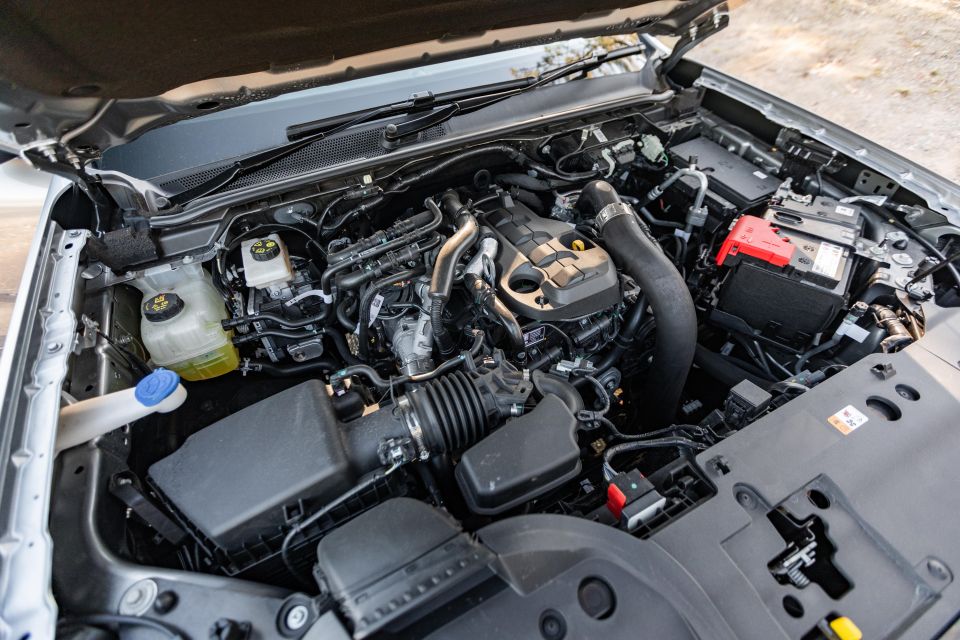
But that will be another review for another day and we were blessed with the lower-spec, overstressed (not really) twin-turbo; said tongue in cheek as the Bi-Turbo is more than ample and delivered smooth power transitions and usable torque across the well-set transmission gearing, in a range of situations and terrains.
As mentioned earlier, it was smooth and effortless to drive, loped along on country roads and sprang into life when the right foot requested it.
At 154kW and 500Nm it’s not the most powerful vehicle in the Ford stable, but it’s nicely tied to its 10-speed automatic.
Like the majority of the vehicles in this class, there’s no end of accessories, upgrades, bolt-ons, and hop ups for the Ford Ranger. What is worth noting though are two almost unique topics when it comes to modifying and accessorising the Ranger.

The first is the very special relationship that has been carefully curated and painstakingly forged between the Ford Motor Company and the hugely successful and industry leading ARB 4×4 Accessories that has resulted in development of factory-approved ARB branded accessories for the Ford Ranger.
It doesn’t stop there, with a number of unique and specialised bullbar design changes being developed for the Ranger now overflowing into the wider range of bars ARB make for a variety of vehicles.
Funnily enough, the next-generation of ARB bars are actually a result of the in depth development team developing a unique design for the Ford Ranger.
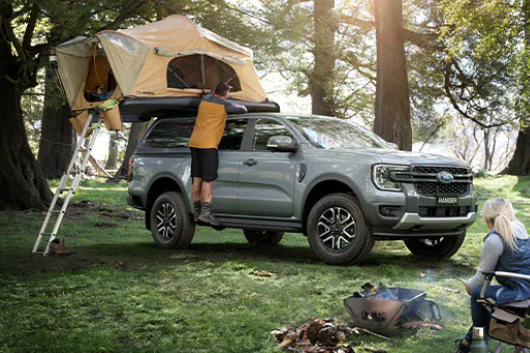
The second point of interest, and it will mean far more to 4×4 enthusiasts than general motorists, is the guard clearance and, for the most part, the rugged build.
Specifically with the guard clearance though, Rangers are well known and loved for being able to fit a fairly mild lift, easily fit 33-inch tyres and even squeeze in a set of 35s.
While the LDV can not go past around 31 inches in tyre diameter, Colorados have you removing and trimming parts to clear 32s, the Ford Ranger laps up 35s with ease. When it comes to ‘size’, big tyres do matter.
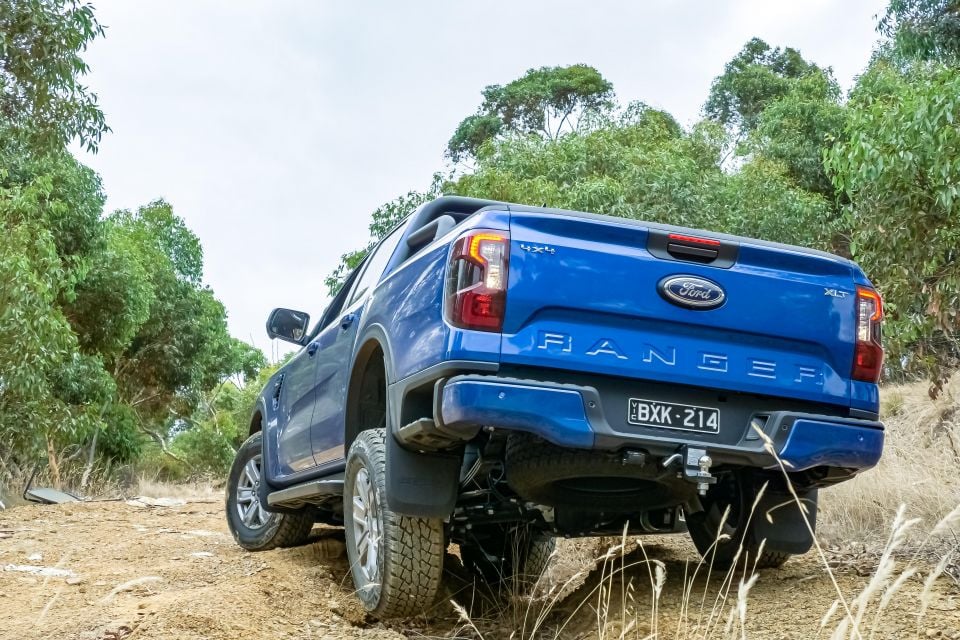
They not only look tougher, they provide better clearance for the entire vehicle and make going off-road a lot easier. There are of course a number of cons to fitting larger tyres (legal limits being one), but I am far too excited to bother with those now and we will stick with the image of a big tough Ranger eating up the tracks.
Whilst the interior was a little bit of a letdown for me, the Ford Ranger has far too much going for it to not be near the top of anyone’s list when looking for a dual-cab ute.
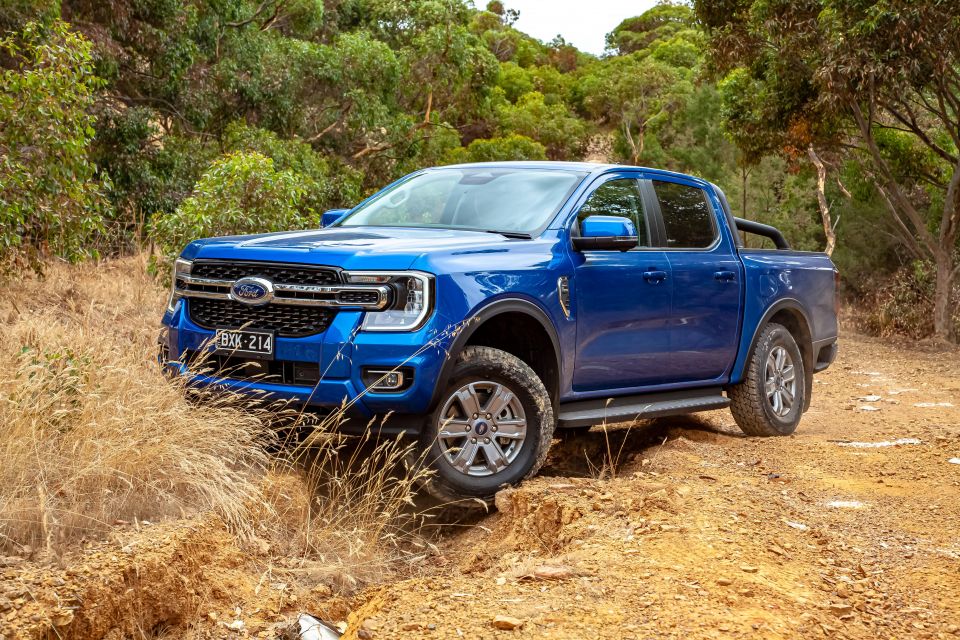
They are tough, easy to mod, look great, and are comfortable and well-equipped for daily driving on and off-road. It is no wonder the Ranger has once again taken the top spot in terms of sales from the apparently ‘unbreakable’ Toyota HiLux.
There’s really only one last thing to add. If I was asked what’s the best single thing about the Ford Ranger, I would answer with the fact you can get it in a wagon version courtesy of the Everest, so both you and your partner can have one.
Click an image to view the full gallery.
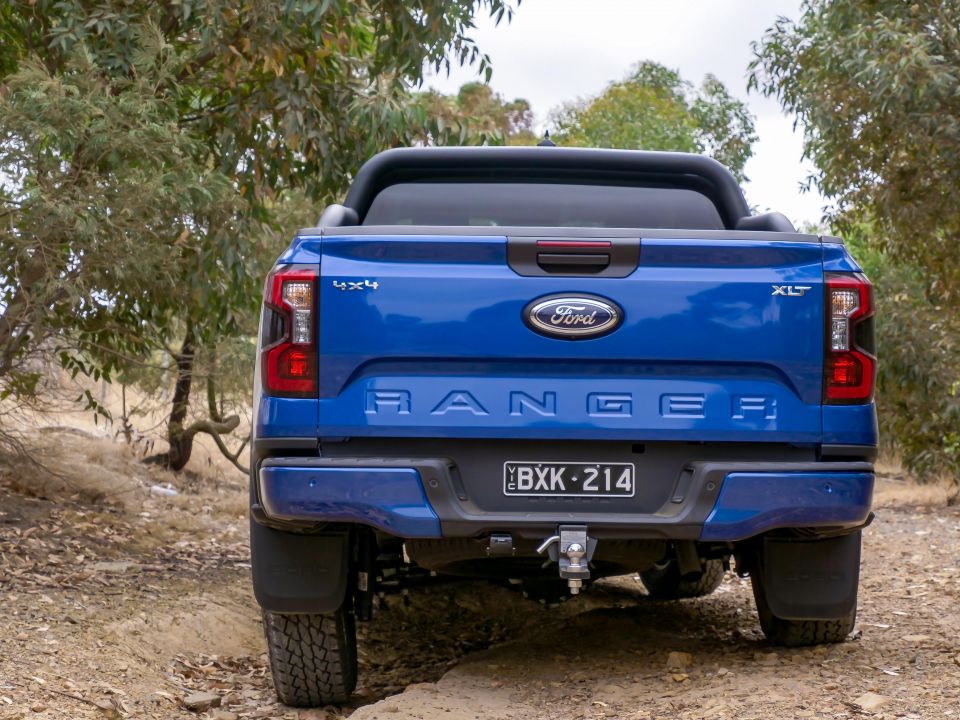
MORE: Everything Ford Ranger
Where expert car reviews meet expert car buying – CarExpert gives you trusted advice, personalised service and real savings on your next new car.


Ben Zachariah
18 Hours Ago


Matt Campbell
1 Day Ago


Derek Fung
5 Days Ago


Damion Smy
8 Days Ago


Ben Zachariah
10 Days Ago


James Wong
15 Days Ago